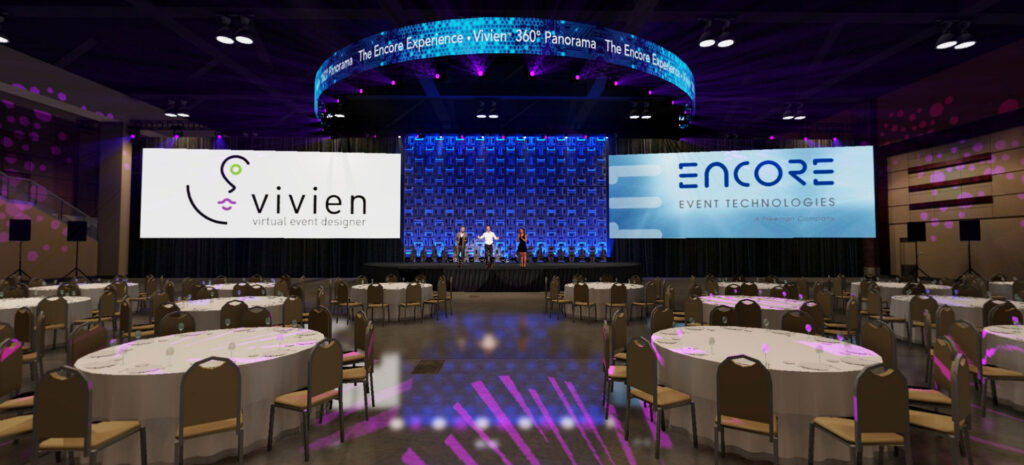
Seeing is, as they say, believing. But how do you ‘see’ something that hasn’t yet been built? The answer, for

Using Vivien, international congress, and event production company, MiceMedia delivered on technical requirements for an annual food safety conference attracting
CAST Group of Companies Inc. is the proud maker of BlackTrax, WYSIWYG and Vivien – setting the standard for real-time tracking, event planning and previsualization.